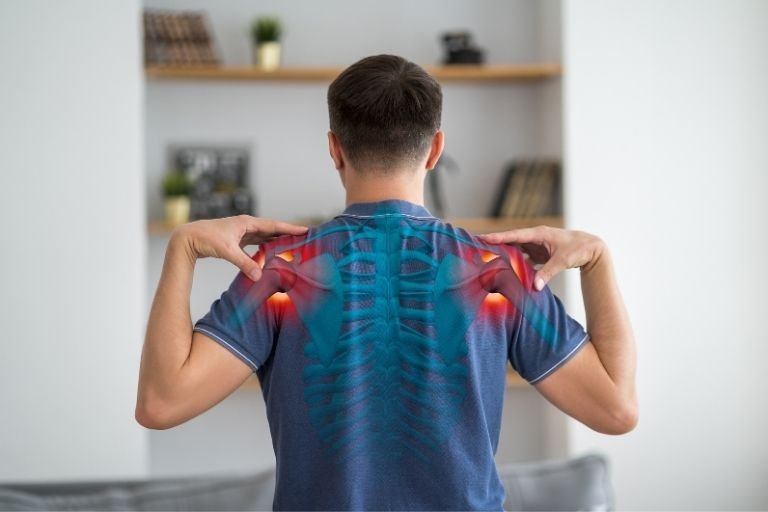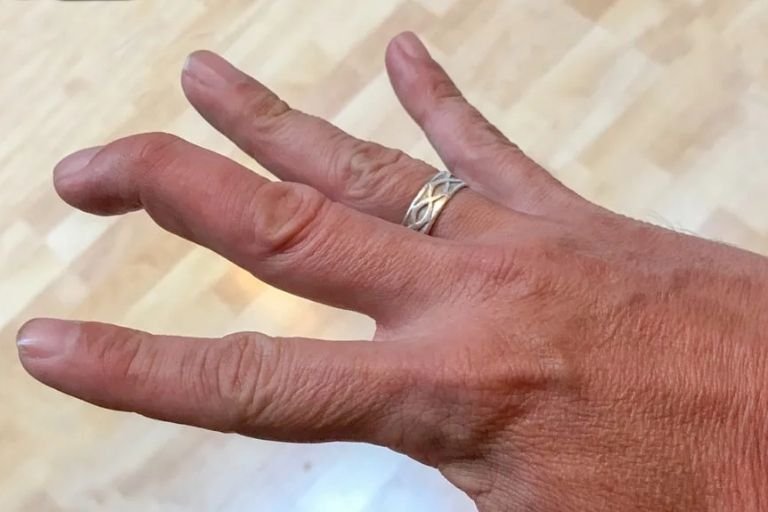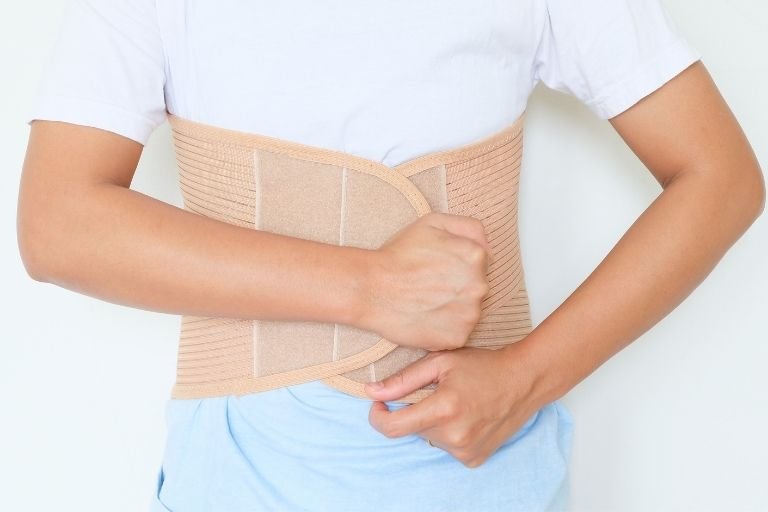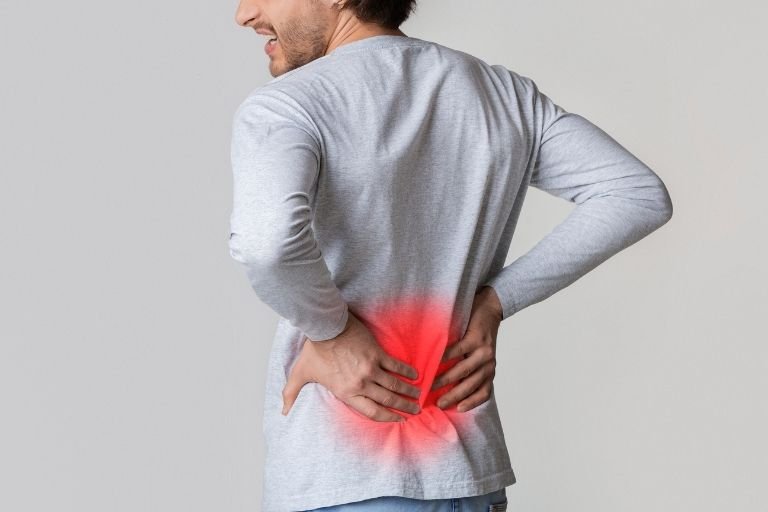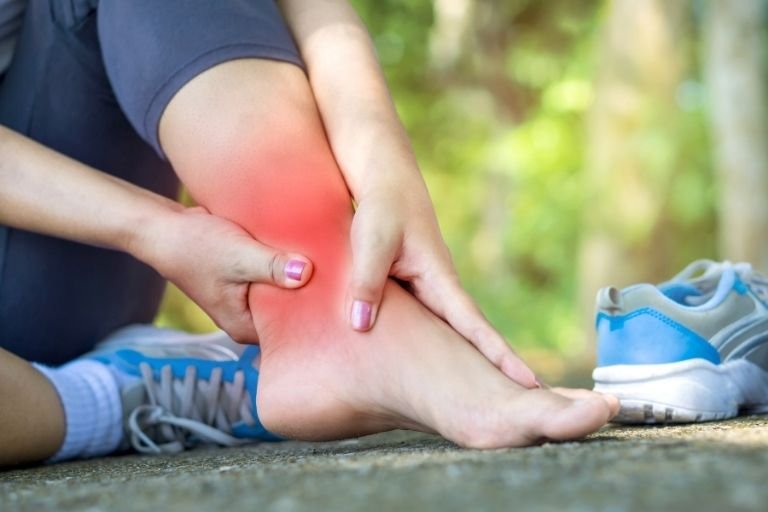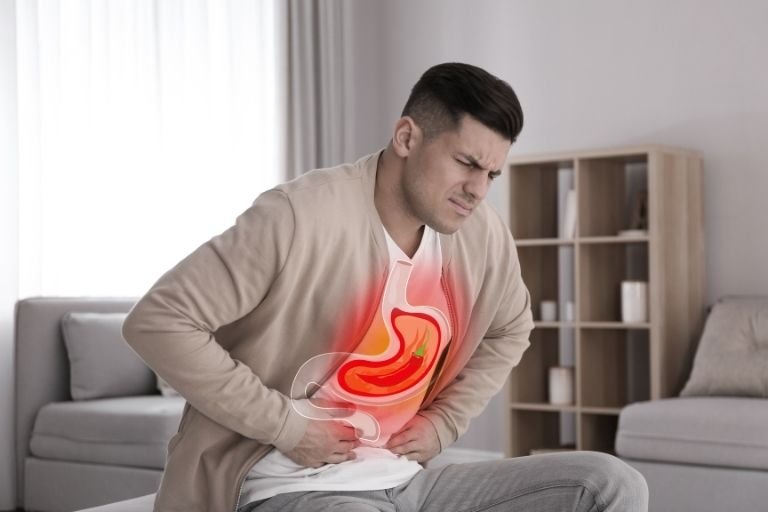- Fitwell Physiotherapy
Cervical Radiculopathy

Cervical radiculopathy refers to a condition where a nerve root in the cervical spine (neck region) becomes compressed or irritated, leading to pain, weakness, numbness, or tingling that radiates down into the shoulder, arm, and sometimes into the hand. This condition often arises due to compression of the nerve roots by herniated discs, bone spurs, or degenerative changes in the spine.
Please submit your details below.
Symptoms:
- Pain: Radiating pain from the neck down into the shoulder, arm, and sometimes into the hand.
- Weakness: Weakness in the muscles of the shoulder, arm, or hand.
- Numbness or tingling: Sensations of numbness or tingling in the affected area.
- Difficulty with fine motor skills: Tasks such as buttoning a shirt or gripping objects may become challenging.
- Neck pain: Pain and stiffness in the neck region.
Causes:
- Herniated Discs: The gel-like center of a spinal disc may leak out and press on a nearby nerve root.
- Bone Spurs: Overgrowth of bone on the vertebrae due to spinal degeneration can narrow the space where nerve roots exit the spine, causing compression.
- Degenerative Changes: Normal wear and tear of the spine over time can lead to conditions such as spinal stenosis, where the spinal canal narrows and puts pressure on nerve roots.
When to See a Physiotherapist:
- Persistent or worsening neck pain radiating into the shoulder, arm, or hand.
- Weakness or numbness in the arm or hand.
- Difficulty with daily activities due to neck or arm symptoms.
- Symptoms not improving with rest or over-the-counter pain medication.
Risks:
- Age: Cervical radiculopathy becomes more common as people age, as degenerative changes in the spine are more likely to occur.
- Occupational factors: Jobs that involve repetitive neck movements, heavy lifting, or prolonged sitting may increase the risk.
- Poor posture: Maintaining poor posture over time can put additional strain on the cervical spine and increase the risk of developing radiculopathy.
How to Prevent:
- Maintain good posture: Practice proper ergonomics while sitting, standing, and lifting to reduce strain on the cervical spine.
- Exercise regularly: Strengthening and stretching exercises can help keep the muscles supporting the neck and spine strong and flexible.
- Use proper lifting techniques: Bend the knees and keep the back straight when lifting heavy objects to reduce strain on the neck and spine.
Treatments:
- Physiotherapy: A physiotherapist can provide targeted exercises and manual therapy techniques to improve strength, flexibility, and posture, reducing pressure on the affected nerve root.
- Medications: Nonsteroidal anti-inflammatory drugs (NSAIDs), muscle relaxants, or oral steroids may help reduce pain and inflammation.
- Steroid Injections: Corticosteroid injections into the affected area can help reduce inflammation and alleviate symptoms.
- Surgery: In severe cases where conservative treatments have failed to provide relief, surgery may be necessary to relieve pressure on the affected nerve root.
Early recognition and appropriate management of cervical radiculopathy are essential to prevent long-term complications and improve outcomes. Working closely with healthcare professionals, including physiotherapists, can help individuals manage symptoms effectively and regain function in their daily lives.
Frequently Asked Questions
Related Conditions
How Fitwell Physiotherapy Can Help?
Dr. Richa’s Fitwell physiotherapy has an extensive team of physiotherapists all within their own specialist areas of physiotherapy. Whatever your condition, we guarantee that we will have the best physiotherapist for you. We assess, diagnose, plan, cure and care for you.
Fitwell Physiotherapy Clinic, Pune provides you best physiotherapy treatment in Kharadi, pune. We also serve Chandan Nagar, Vadgaon Sheri, Keshav Nagar, Wagholi & nearby Areas in Pune. We are experts in treating Neck Pain, Hand Pain, Back Pain, Lower Back Pain, Knee Pain, Stiff Neck, Sciatica, Arthritis, Stroke Paralysis & Post Surgical Rehab.
We provide Specialized physiotherapy treatments in Sports Injuries, Pre and post Surgery, Neurologic, Pediatric, Chronic Pain/Fatigue, Rheumatology, Women’s Health, Men’s Health, Ergonomics, Vestibular, Amputees & all sort of Pain treatment and lifestyle conditions.






















